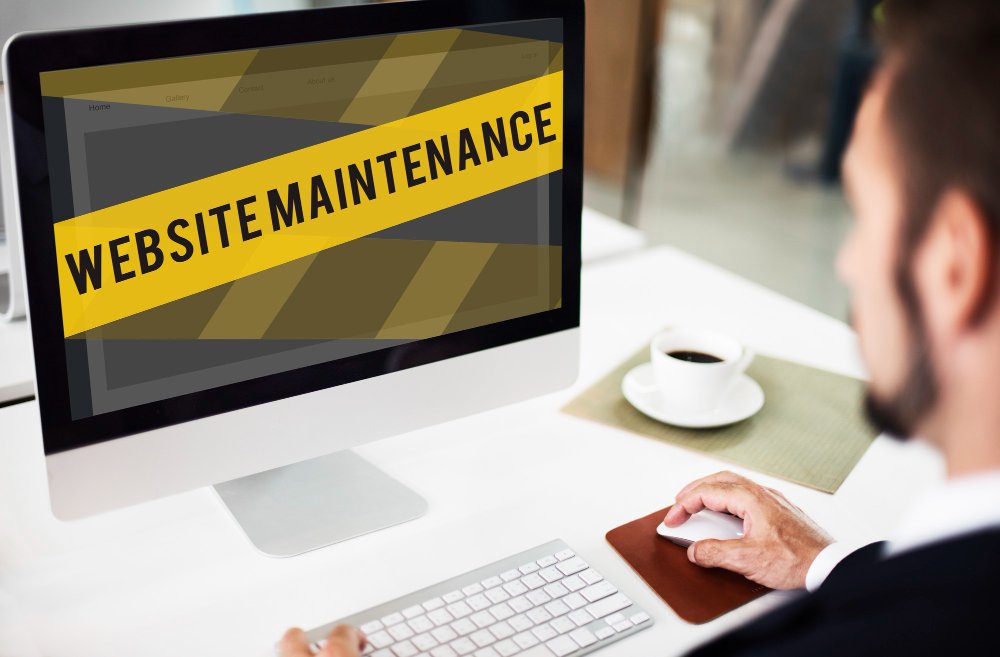Many businesses think a website project ends at launch. The design is complete, the site goes live — mission accomplished. But the truth is: a website is never “done.”
Just like a car needs regular servicing or an office requires upkeep, your website needs ongoing support and maintenance. Without it, the “digital front door” of your business risks becoming outdated, insecure, or broken — damaging trust and costing growth opportunities.
The Mentor’s Lens: Why Maintenance Matters
Websites are living systems. They rely on constantly updated software, content, and integrations. Neglecting maintenance can lead to issues that affect business reputation and growth.
Here are the key reasons SMEs in Europe — and anywhere — must budget for post-launch support:
🔒 1. Security & Trust
Cybersecurity is a growing risk. Outdated plugins or themes are a favorite target for hackers. Regular updates and monitoring ensure your customers feel safe and your brand remains trustworthy.
⚡ 2. Performance & Speed
Slow websites mean lost business. European studies show users expect websites to load in under 3 seconds. Maintenance keeps your site optimized for speed and smooth navigation.
📈 3. SEO & Visibility
Search engines like Google reward fresh, functional websites. Broken links, outdated content, or ignored technical SEO hurt your rankings. Post-launch maintenance ensures your site remains discoverable.
🔧 4. Scalability & Growth
As your business grows, your website must evolve. New features, content sections, or integrations (like booking systems or eCommerce tools) require expert handling. Maintenance budgets let you scale without disruption.
💼 5. Cost Efficiency
Fixing a hacked, broken, or neglected site often costs more than maintaining it. Think of maintenance as insurance — a small investment that prevents expensive emergencies.
European Perspective: Why This Matters More Here
European SMEs face unique challenges: stricter GDPR compliance, growing cyber threats, and high expectations for user experience. Companies in Germany, Finland, and the Netherlands, for example, are investing more in long-term digital resilience rather than one-off projects.
In fact, a 2024 Statista report showed that 62% of European SMEs now allocate part of their annual IT budget to website maintenance and cybersecurity. This isn’t a trend — it’s recognition that digital trust equals business trust.
The Mentor’s Takeaway
Don’t treat your website as a one-time expense. Treat it as an ongoing business asset that requires care, updates, and investment.
👉 A maintenance budget ensures your site remains secure, visible, and adaptable — the exact qualities that sustain business growth in a competitive European digital market.
When SMEs Need Expert Hands
Behind every secure, fast, and scalable website is the right setup, customization, and long-term care. Many SMEs start with DIY solutions but later realize they need expert hands to keep things safe, fast, and professional.
As someone who has spent years working with WordPress, I’ve seen first-hand how ongoing support transforms a website from a “launch project” into a true growth engine for business.
👉 If you’d like to explore how ongoing support can fit into your strategy, visit my portfolio at DevCyberNexus (DCX).




